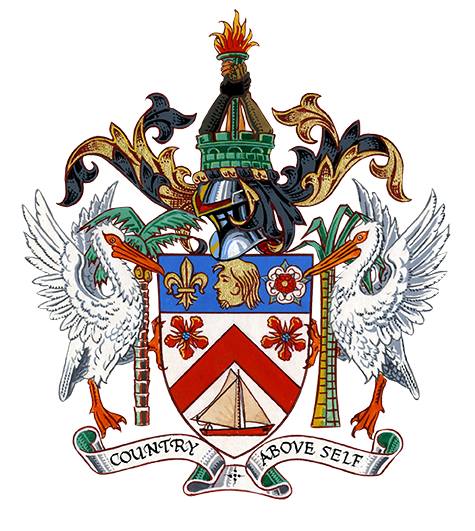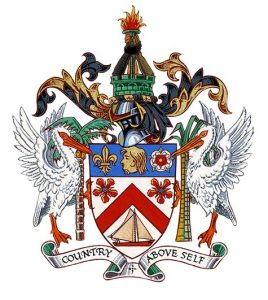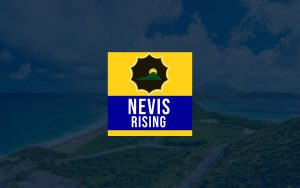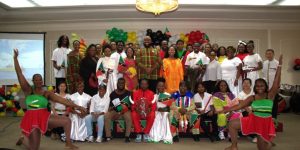St. Kitts and Nevis Ranked Third Most Expensive Travel Destination Globally in 2025
St. Kitts & Nevis: A Dual Narrative of High Costs and High Wealth
The dual-island nation of St. Kitts & Nevis is experiencing a fascinating paradox, simultaneously recognized as a high-cost travel destination and a nation of significant wealth. A recent study by HelloSafe, an international online platform dedicated to financial product comparison, ranked St. Kitts & Nevis as the third most expensive travel destination globally for 2025, with an average daily expenditure of approximately $275 per person. This analysis considered accommodation, food, local transport, and tourist activities, but excluded international airfare. Concurrently, multiple sources, including Global Citizen Solutions, Mirabello Consultant, and Best Citizenships, have ranked St. Kitts & Nevis among the ten wealthiest Caribbean nations based on its GDP per capita, estimated at $20,000 in 2024. This dual identity presents a complex picture of the island nation, highlighting its appeal to affluent travelers while also raising questions about accessibility for budget-conscious visitors.
The high cost of travel in St. Kitts & Nevis may be attributed to several factors. The islands cater primarily to a luxury tourism market, with a focus on high-end resorts, exclusive experiences, and personalized service. This focus on luxury naturally elevates prices across various tourism sectors. The limited size of the islands and their relative remoteness also contribute to higher costs, as resources and goods often need to be imported, leading to increased prices for both businesses and consumers. The competitive landscape within the Caribbean, with other high-end destinations like Barbados and Antigua & Barbuda (ranked first and second, respectively, on HelloSafe’s list), further reinforces the pricing structure within the region. This high-cost environment, while attracting affluent tourists, also presents a challenge for promoting broader tourism and attracting a more diverse range of visitors.
The substantial wealth of St. Kitts & Nevis, reflected in its high GDP per capita, is attributed in part to its successful Citizenship by Investment (CBI) program. This program, one of the oldest in the world, allows foreign investors to obtain citizenship in exchange for significant economic contributions to the country. This influx of investment has fueled economic growth and development across various sectors, contributing to the overall prosperity of the nation. However, the reliance on CBI programs has also raised concerns about potential economic vulnerabilities and the need for diversified economic strategies. The inherent duality of the nation’s economic model, relying on high-end tourism and investment programs, creates both opportunities and challenges for sustainable and inclusive growth.
The intersection of high travel costs and high national wealth raises important questions about the economic model of St. Kitts & Nevis. While attracting affluent tourists and investors generates significant revenue, it also risks creating an economy accessible primarily to the wealthy. The challenge lies in balancing the benefits of high-end tourism and CBI programs with the need for broader economic diversification and opportunities for all citizens. Developing strategies to promote local businesses, create affordable tourism options, and invest in education and skills development will be crucial for ensuring sustainable and inclusive growth. This balance will be essential for building a resilient economy that benefits all residents and not just a select few.
The ranking methodologies employed by both HelloSafe and the wealth ranking platforms provide valuable insights into the economic dynamics of St. Kitts & Nevis. HelloSafe’s focus on daily expenditures offers a practical perspective for travelers, highlighting the costs associated with accommodation, food, transport, and activities. This information empowers potential visitors to make informed decisions based on their budget and travel style. Conversely, the wealth ranking platforms, including Global Citizen Solutions, Mirabello Consultant, and Best Citizenships, consider broader economic indicators such as GDP per capita, providing a macro-level view of the nation’s economic performance. The combined analysis from these different sources offers a more comprehensive understanding of the economic landscape, showcasing both the costs of visiting and the overall economic prosperity of the nation.
The case of St. Kitts & Nevis provides a compelling example of the complex interplay between tourism, investment, and economic development in small island nations. The nation’s success in attracting high-end tourists and foreign investors has contributed significantly to its economic growth, but also presents challenges related to affordability and economic diversification. The future of St. Kitts & Nevis will depend on its ability to leverage its strengths while addressing these challenges to create a sustainable and inclusive economic model that benefits all its citizens. This will require a strategic approach to diversifying its economy, investing in human capital, and promoting sustainable tourism practices. The goal should be to create an environment where both the wealthy and the less affluent can thrive, ensuring long-term prosperity and stability for the nation.
Share this content:












Post Comment